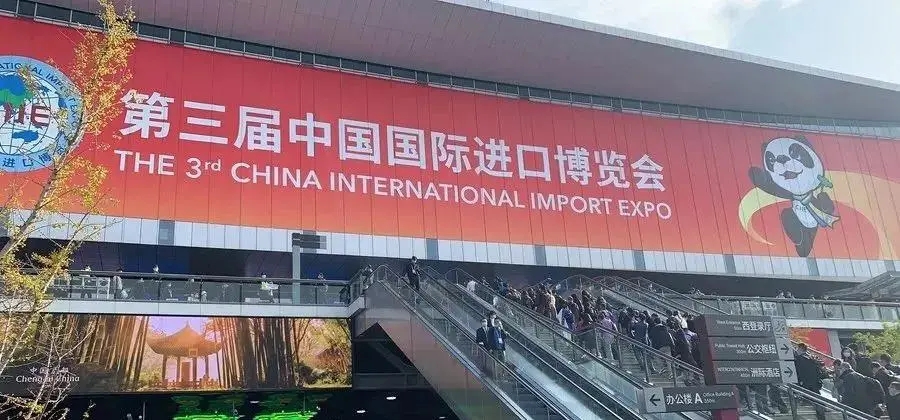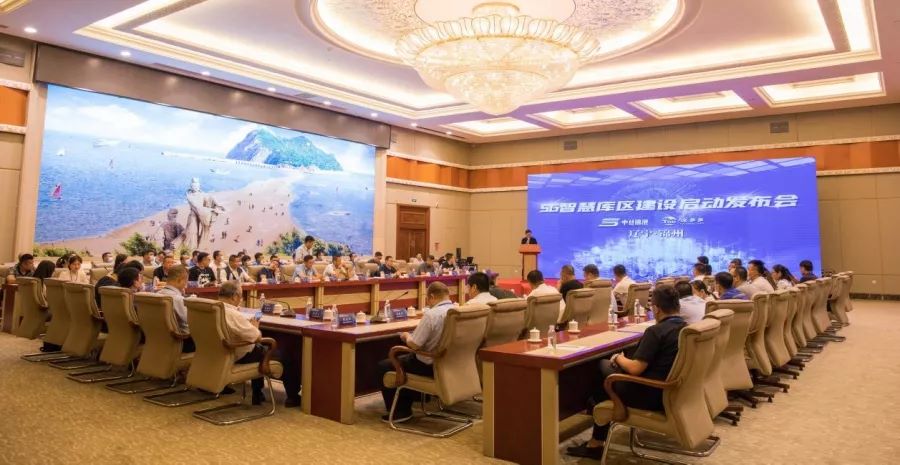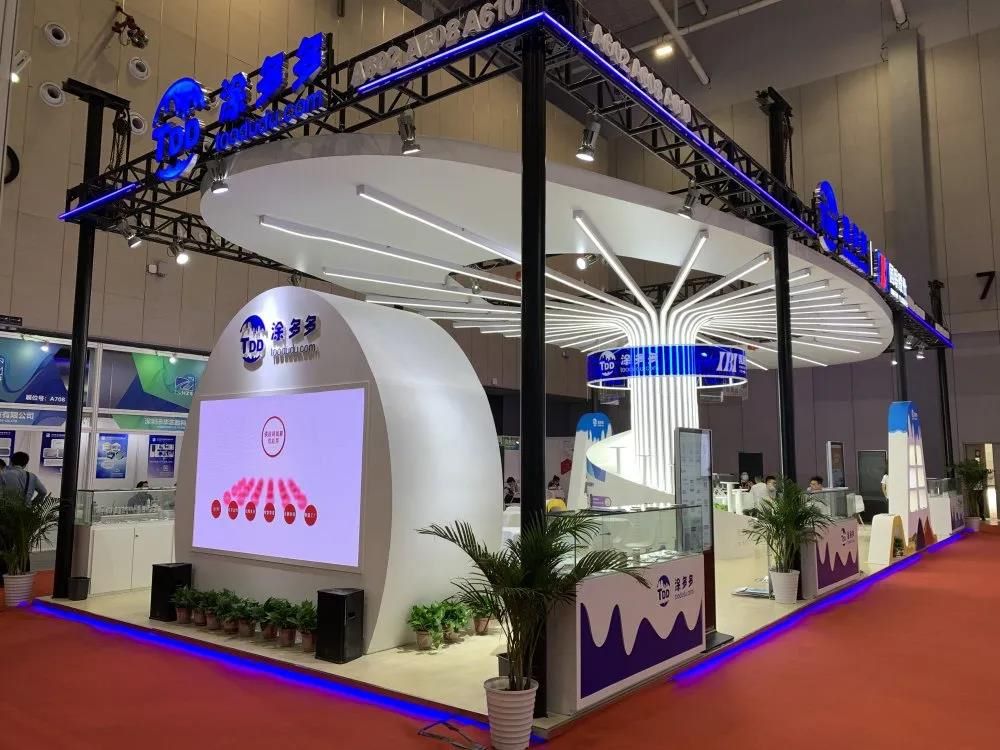Auto Noise Solution: The Science of Silent Tires
At a time when the automotive industry is pursuing a "quiet revolution", silent cotton tires are gradually entering the public eye from exclusive configurations of high-end models.
This technology of sticking a layer of special silent cotton on the inside of the tire seems to be a simple operation of "sponge sticking tires", but in fact it contains a deep integration of material science, acoustic engineering and tire dynamics, and has become an important symbol for measuring the technical strength of tire companies.
The noise reduction magic of silent cotton: double elimination from sound waves to vibrations
When the vehicle is driving, the tire noise mainly comes from three levels: the air pump absorption sound generated by the friction between the tread and the ground, the resonance sound generated by the vibration of the internal structure of the tire, and the vibration transmission caused by uneven road surface.
Traditional tires reduce noise by optimizing the design of pattern blocks and adjusting the rubber formula, but there are bottlenecks in the effect.
The addition of silent cotton has created a new path for "passive noise reduction" - the labyrinthine channel formed by its internal porous structure can effectively absorb the low- and medium-frequency noise of 200-800Hz, which is the main energy concentration area of tire noise.
Tests by the International Rubber Research Organization show that applying 3-5mm thick silent cotton can reduce tire noise by 6-8 decibels, which is equivalent to reducing highway driving noise from 85 decibels to 77 decibels, reaching the quiet standard of luxury models.
This effect comes from the "viscoelastic" properties of the material: when sound waves hit the cotton body, the slight deformation of the fiber structure converts sound energy into heat energy, and the specially designed gradient density structure can achieve layered absorption of noise of different frequencies.
The technological gap between small workshops and large factories: the neglected "heat-resistant survival battle"
Many car owners have found that the silent cotton installed by small auto repair shops often fails after three months of use, and even falls off and carbonizes.
This exposes the core technical difficulty of the application of silent cotton - the extreme working environment inside the tire. When the vehicle is running at 120km/h, the temperature of the tire contact part can reach 80-100℃. Continuous high-speed driving will cause the temperature inside the tire to exceed 120℃.
Ordinary polyester fiber or polyurethane sponge will age quickly in this environment, and the fiber structure will lose its noise reduction ability after breaking, and even produce harmful gases.
The solution of regular tire companies is a model of material engineering: Michelin's Acoustic silent cotton uses aramid fiber and modified polypropylene composite technology, and forms a heat reflection layer through nano-scale silica coating to control the surface temperature of the cotton body within 90℃; Bridgestone's silent cotton is embedded in a honeycomb aluminum foil layer, using the metal's thermal conductivity to quickly conduct heat, and with the heat dissipation fin design on the inside of the tire, it forms a three-dimensional temperature control system of "heat absorption - heat conduction - heat dissipation". These materials that have undergone 1,000 hours of high temperature resistance testing can still maintain structural stability under extreme temperature differences of - 40℃ to 150℃.
From "pasting process" to "system integration": the micro-innovation revolution in the tire industry
The application of silent cotton is not a simple material superposition, but involves the systematic optimization of the overall structure of the tire.
The first is the matching of the rubber matrix: to prevent the silent cotton from changing the dynamic balance of the tire, the manufacturer needs to redesign the carcass cord angle and rubber hardness distribution. For example, the Continental ContiSilent technology accurately controls the weight of the silent cotton within the error range of 0.5% of the tire circumference.
The second is the innovation of the pasting process: using robot hot melt adhesive bonding technology, the thickness of the glue layer is controlled at an accuracy of 0.1mm to ensure that the cotton body is completely bonded to the inside of the tire to avoid the generation of new vibration and abnormal noise sources.
More critical is the balanced design of acoustics and mechanics. An engineer from a domestic tire company revealed that they found in their research and development that when the density of the silent cotton exceeds 80kg/m³, although the noise reduction effect is improved, it will cause the tire rolling resistance to increase by 1.2% and the cruising range to be shortened.
After more than 300 formula adjustments, a multi-layer composite structure with a density of 65kg/m³ was finally adopted to find the golden balance between noise reduction performance and energy consumption. This millimeter-level precision control is the technical barrier that small workshops cannot overcome.
Market chaos and consumer guide: How to see through the trap of "pseudo silent cotton"
As the market heats up, some manufacturers have launched pseudo-technical products such as "silent cotton stickers" and "external noise reduction cotton".
Consumers can distinguish the authenticity through three dimensions: first check the product certification. Regular silent cotton tires must pass the ECE R117 noise test, and the sidewalls will be marked with "Silent" or similar logos; secondly, observe the installation process.
The original silent cotton is completely integrated with the inner side of the tire, and there is no glue overflow or bubbles on the edge; finally, a high temperature test is carried out, and the sample is placed in a 60℃ oven for 24 hours. The inferior cotton body will shrink significantly or have an odor.
From the perspective of user experience, the advantages of silent cotton tires are not limited to noise reduction: a luxury brand's actual test shows that the braking distance of tires equipped with silent cotton in rainy and wetland is shortened by 1.2 meters.
This is due to the restraining effect of the cotton body on tire deformation, which makes the tread ground pressure distribution more even.
However, users also need to pay attention to maintenance details: avoid tire pressure below the standard value for a long time (which may cause excessive local force on the cotton body), and regularly check whether the cotton body edge on the inside of the tire is lifted. These are the keys to maintaining the noise reduction effect.
Future trend: Evolution from single noise reduction to "intelligent silence"
When silent cotton technology enters the mature stage, the industry is exploring more cutting-edge application scenarios.
The electronic silent system developed by Pirelli embeds micro-microphones and speakers in the silent cotton, and uses active noise reduction technology to offset the remaining high-frequency noise, forming a dual noise reduction system of "passive absorption + active offset"; Goodyear's bio-based silent cotton project uses mycelium materials to replace petroleum-based raw materials, improving noise reduction performance by 15% while reducing carbon emissions by 20%.
These innovations indicate that the silent cotton technology is upgrading from "physical noise reduction" to "intelligent environmental protection".
Against the background of the popularization of new energy vehicles, the demand for silent cotton tires has shown explosive growth - electric vehicles are more sensitive to tire noise due to the lack of engine noise masking.
According to the data of the China Association of Automobile Manufacturers, the domestic silent cotton tire market size will exceed 8 billion yuan in 2023, with an annual growth rate of 35%. Behind this data is the unremitting pursuit of consumers for "mobile quiet space", and it is also the profound transformation of the tire industry from "functional satisfaction" to "experiential innovation".











